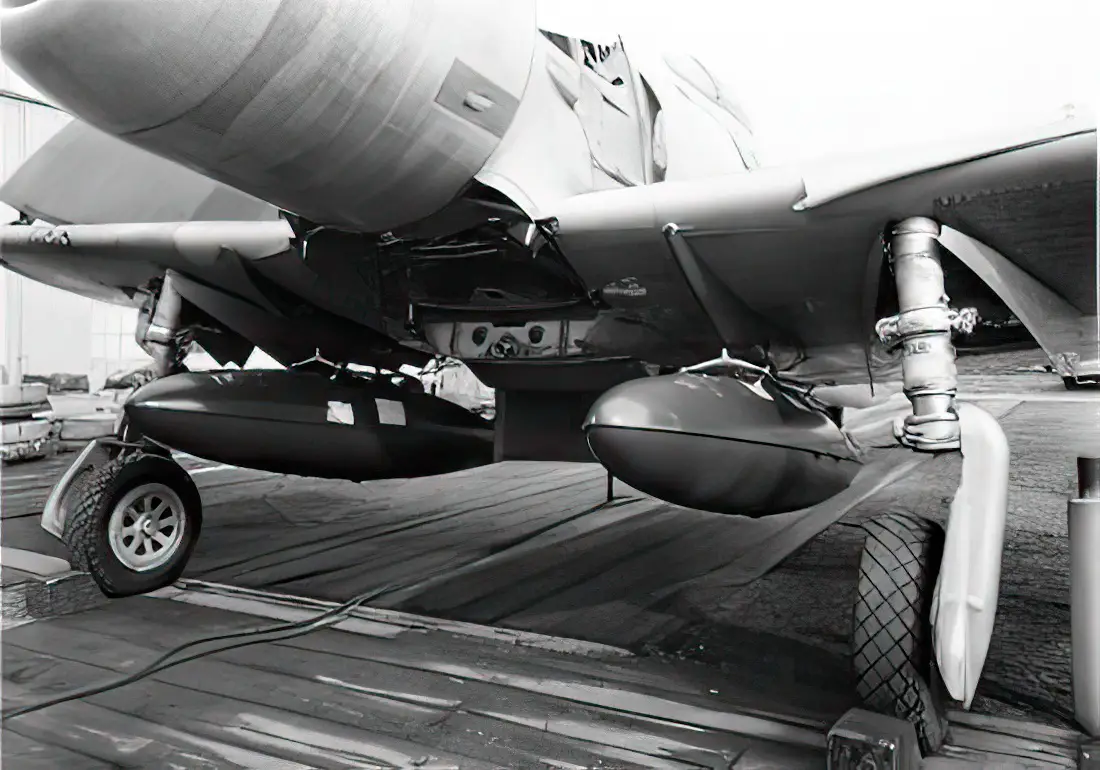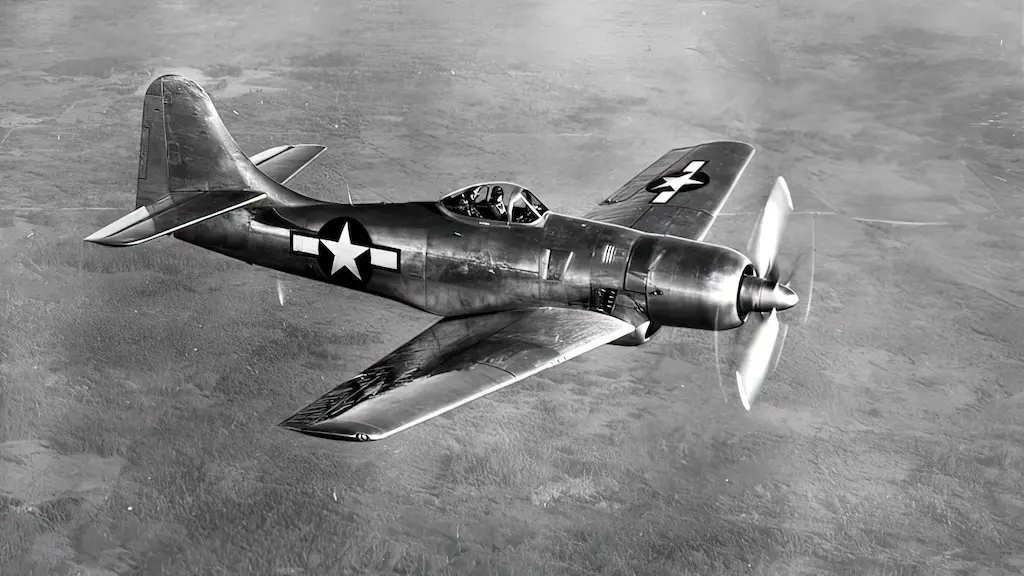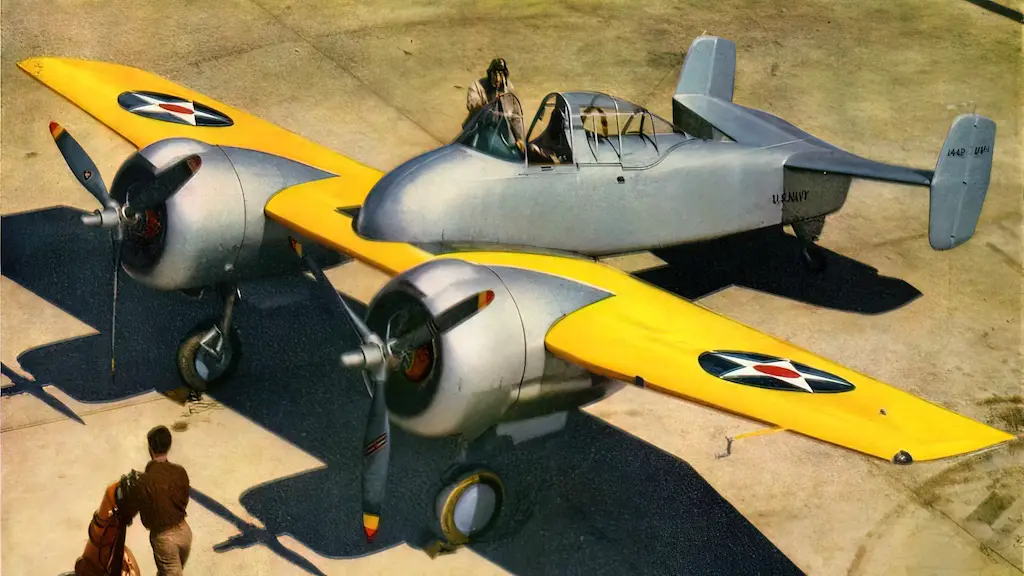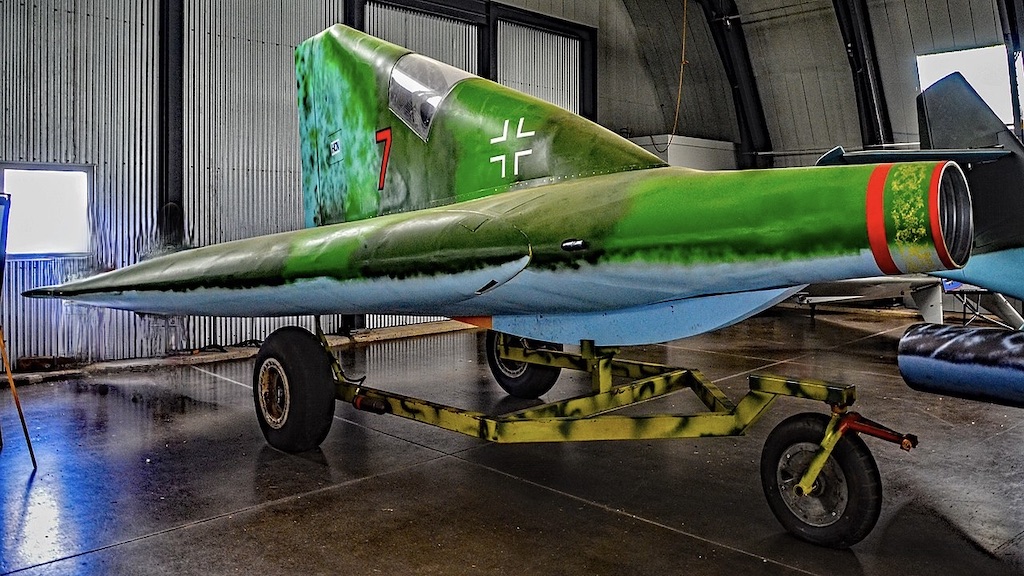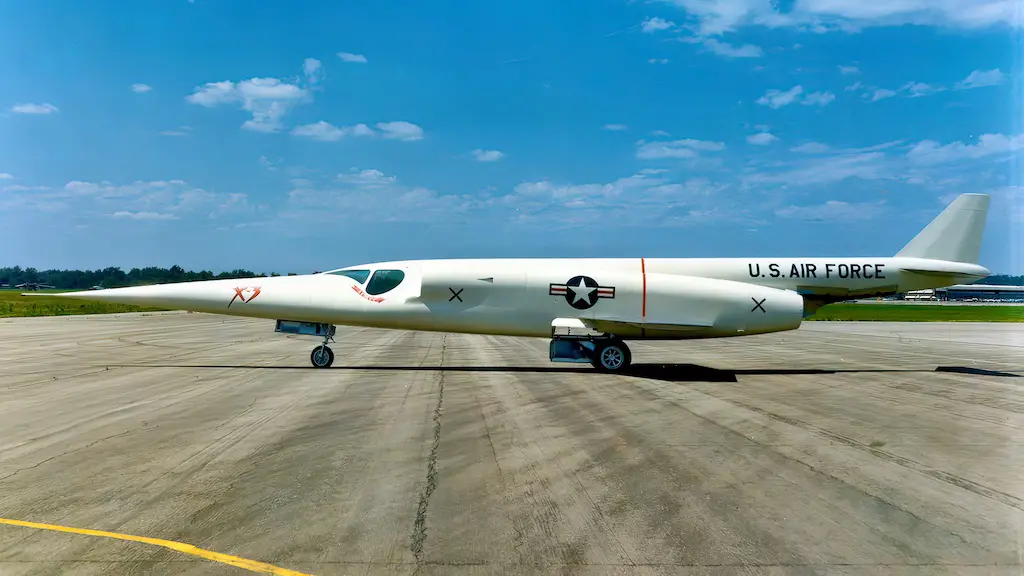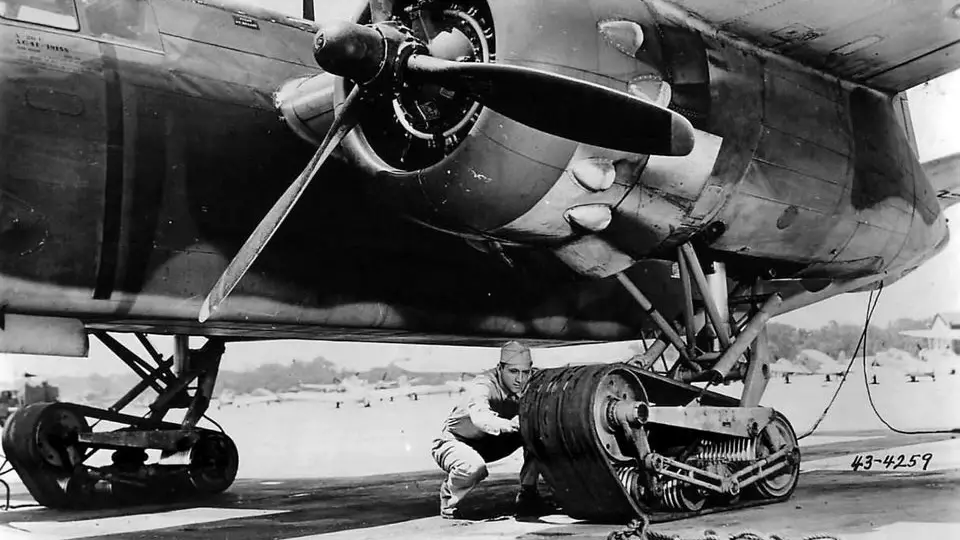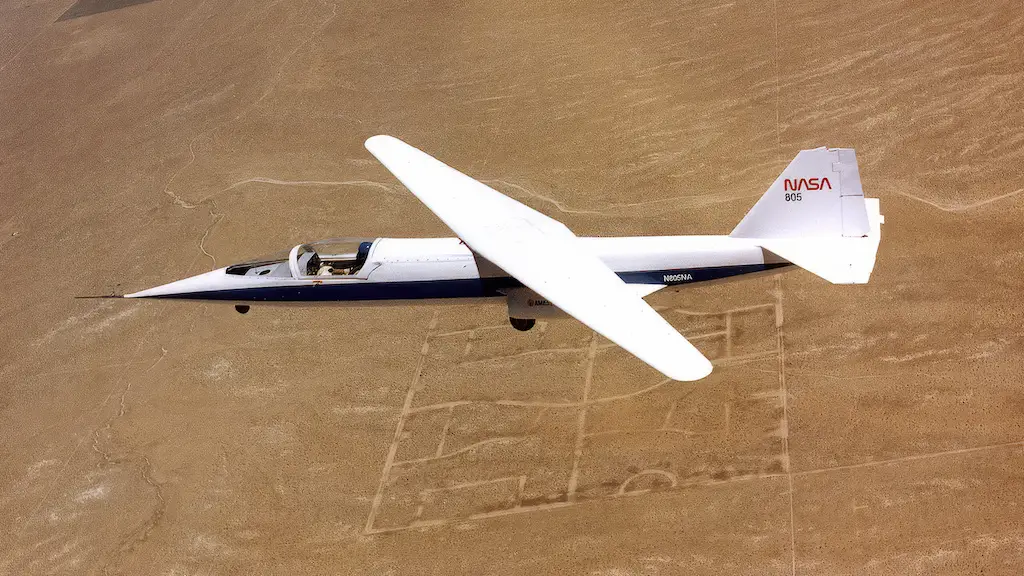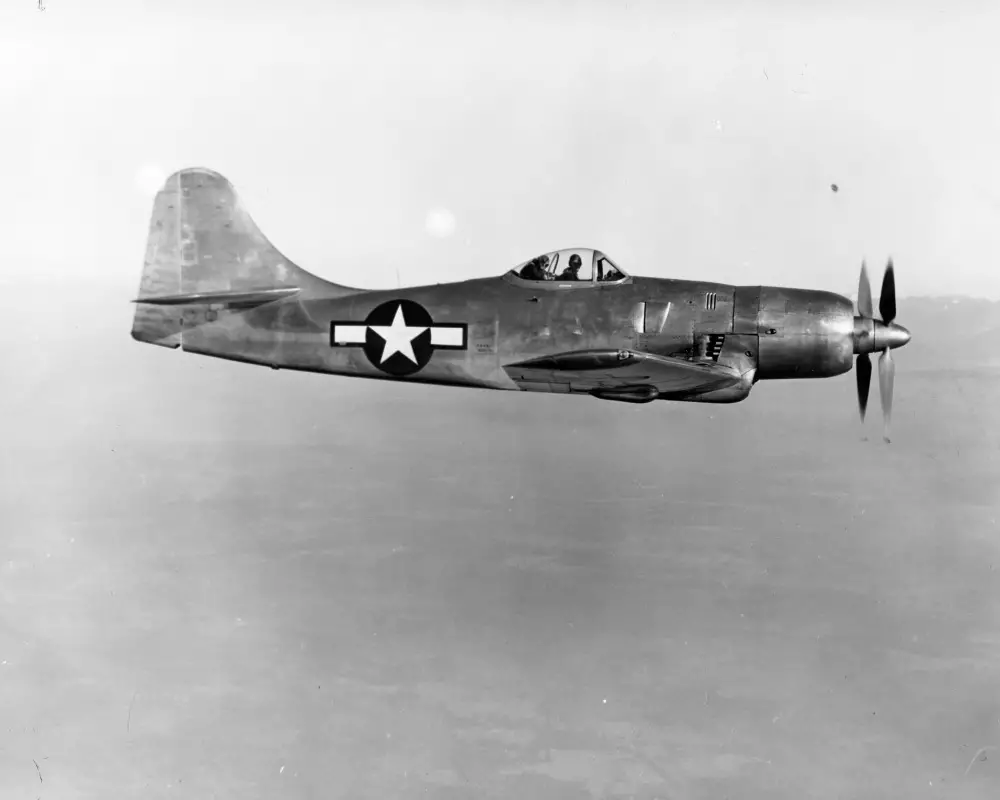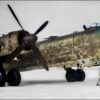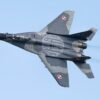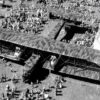The Boeing XF8B’s Ambitious Origins
In the early 1940s, the United States Navy searched for a next-generation aircraft to dominate the skies. The Boeing XF8B surfaced as a promising contender, with development kicking off in 1943. The US Navy craved an aircraft excelling in multiple roles, from a long-range fighter to a ground attack and bomber aircraft. Ever-innovative, Boeing seized this opportunity to craft the most versatile and high-performing aircraft of its time.
During the design phase, the Boeing XF8B focused on accommodating the powerful Pratt & Whitney R-4360 Wasp Major engine. This engine produced a staggering 3,000 horsepower, propelling the XF8B to embody aerial prowess.
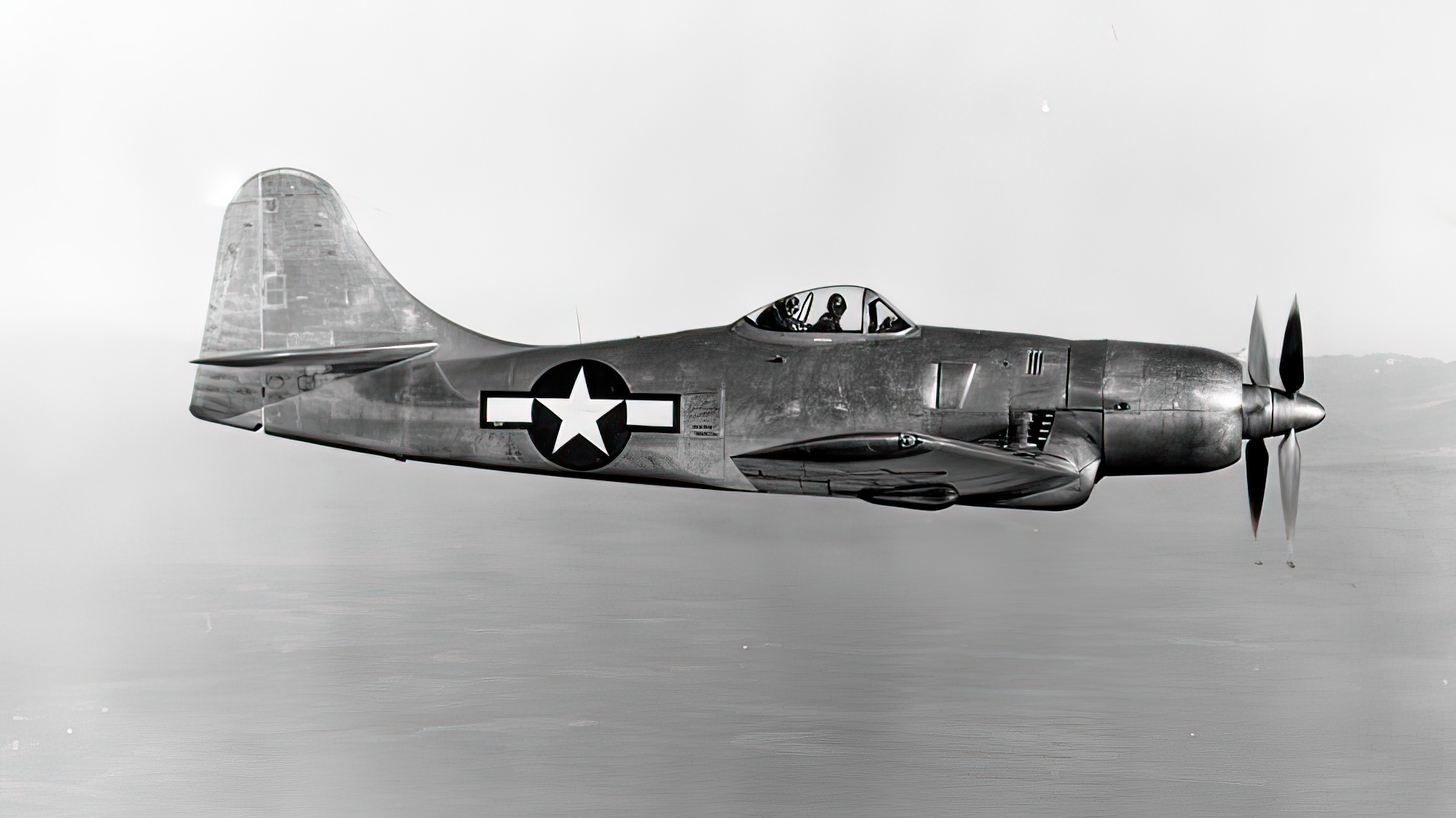
The XF8B’s Astounding Features
With an imposing 54-foot wingspan, the XF8B commanded respect. Its remarkable 1,680-mile range enabled ventures deep into enemy territory, a significant World War II advantage. The impressive 432 mph top speed and 37,500-foot service ceiling further highlighted its outstanding capabilities.
The XF8B’s armament didn’t disappoint either, featuring six 0.50-inch machine guns or six 20mm cannons. Additionally, it could carry up to 6,400 pounds of bombs or rockets. The aircraft’s configuration options as a fighter, bomber, or torpedo bomber showcased its unparalleled versatility.
One of the XF8B’s most innovative features was its contra-rotating propellers. This design choice significantly reduced torque effects, granting the aircraft better handling and maneuverability. Despite its size and power, the XF8B’s robust design allowed it to perform nimble aerobatics, a testament to Boeing’s remarkable engineering prowess.
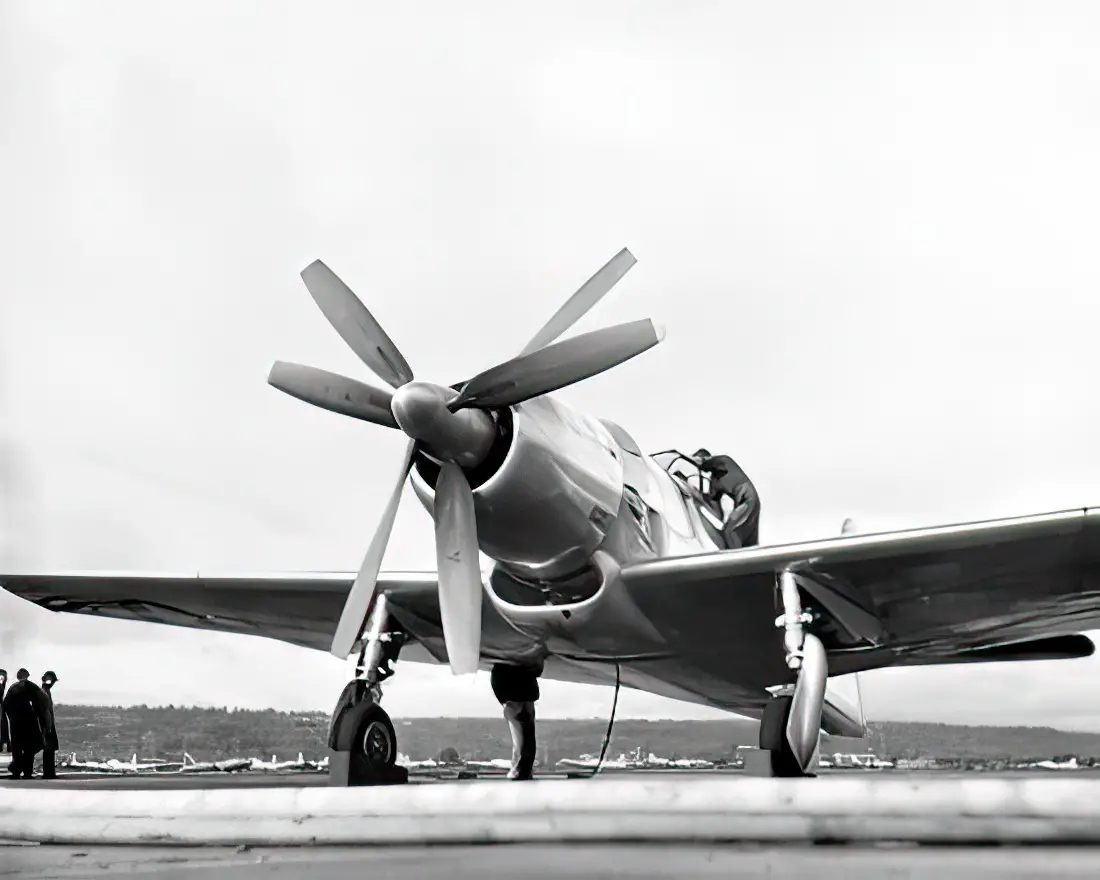
Uncovering Why the Boeing XF8B Never Entered Production
Sadly, the Boeing XF8B’s journey ended prematurely, unable to claim its rightful place among the stars. Delays plagued its development, primarily stemming from the complex contra-rotating propeller system. The XF8B reached testing readiness in 1946, but the war had already ended.
Furthermore, rapid technological advancements ushered in the era of jet-powered aircraft. These jets outperformed the XF8B in speed and overall performance. Consequently, the US Navy lost interest in the XF8B. In 1948, the aircraft program faced cancellation, with only three prototypes built.
The Legacy of the Boeing XF8B
Although it never entered production, the Boeing XF8B left a lasting legacy as a symbol of ingenuity and ambition. The aircraft’s unique features and innovations inspired future generations of aeronautical engineers to push boundaries.
Now, the Boeing XF8B reminds us of the importance of dreaming big, even when facing insurmountable odds. Its time in the skies was brief, but the remarkable story of the Boeing XF8B captivates aviation enthusiasts and fuels the relentless pursuit of innovation in aerospace engineering.
